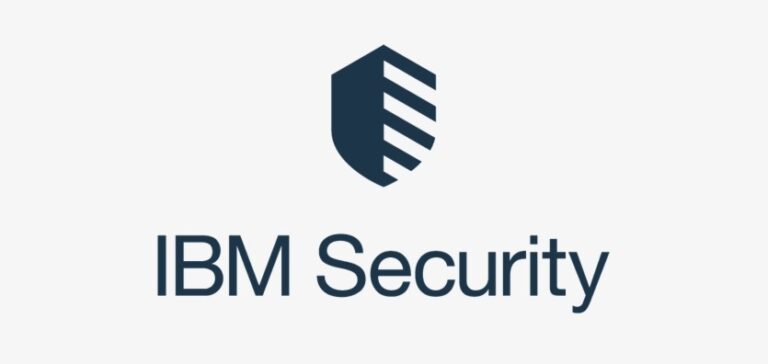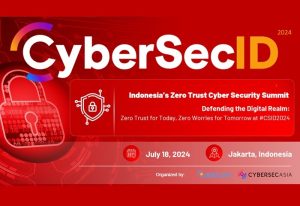REPORTS
X-Force Threat Intelligence Index 2022
Report highlights
Top attack type: Ransomware was again the top attack type in 2021, although the percentage of attacks X-Force remediated that were ransomware decreased nearly 9% year-over-year. REvil—a ransomware type X-Force also refers to as Sodinokibi—was the most common ransomware strain X-Force observed for a second year, making up 37% of all ransomware attacks, followed by Ryuk at 13%. Law enforcement activity has probably been the primary force driving down ransomware and IoT botnet attacks in 2021, but this does not preclude a potential resurgence in 2022.
Supply chain vulnerabilities: Supply chain security was pushed to the forefront of government and policymakers’ attention, with the Biden administration’s executive order on cybersecurity, and guidance from the U.S. Department of Homeland Security, CISA, and NIST doubling down on zero trust guidance. These guidelines put a spotlight on vulnerabilities and trusted relationships. Vulnerability exploitation was the top initial attack vector in manufacturing, an industry grappling with the effects of supply chain pressures and delays.
Most phished brands: X-Force closely tracked how cybercriminals are using phishing kits throughout 2021, and our research revealed that Microsoft, Apple and Google were the top three brands criminals attempted to mimic. These mega brands were used repeatedly in phishing kits, with attackers likely seeking to capitalize on their popularity and the trust many consumers place in them.
Top threat groups: Suspected Iranian nation-state threat actor ITG17 (MuddyWater), cybercriminal group ITG23 (Trickbot), and Hive0109 (LemonDuck) were some of the most active threat groups X-Force intelligence analysts observed in 2021. Threat groups worldwide were seeking to augment their prowess and infiltrate more organizations. Malware they used was embedded with greater defense-evasion techniques, in some cases hosted via cloud-based messaging and storage platforms to get through security controls. These platforms were abused to hide command and control communication in legitimate network traffic. Threat actors also continued to develop Linux versions of malware, to enable them to cross over to cloud environments more easily.
SHARE:

About the Provider






